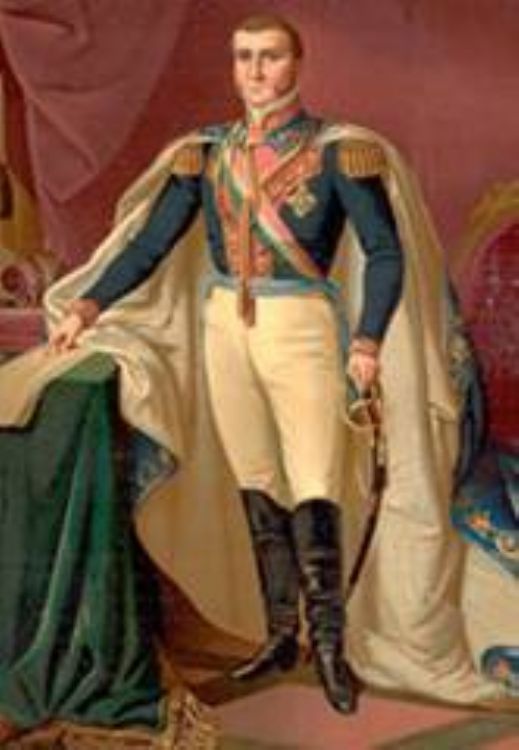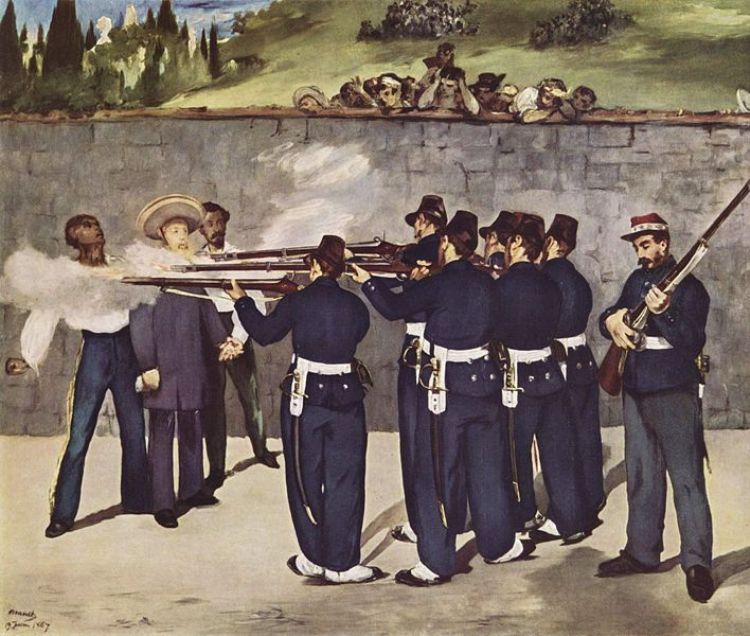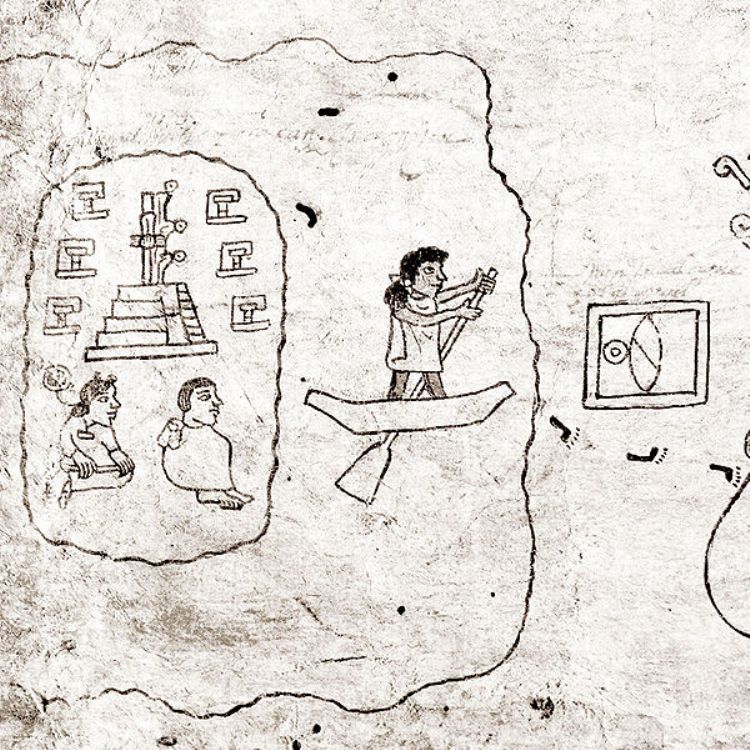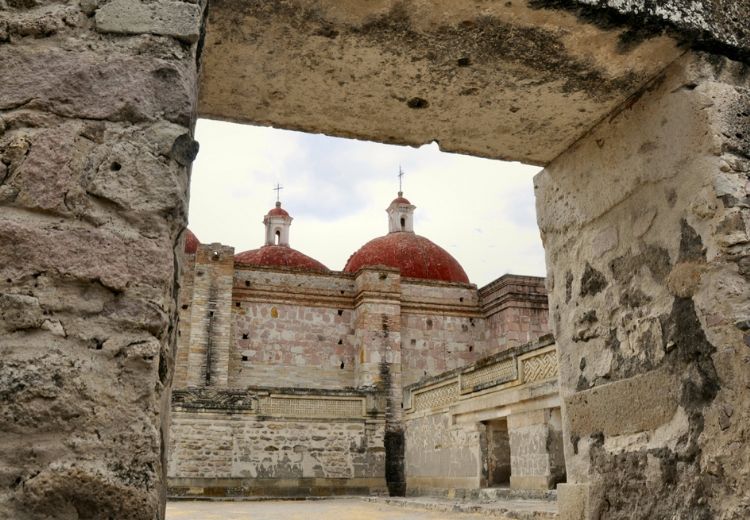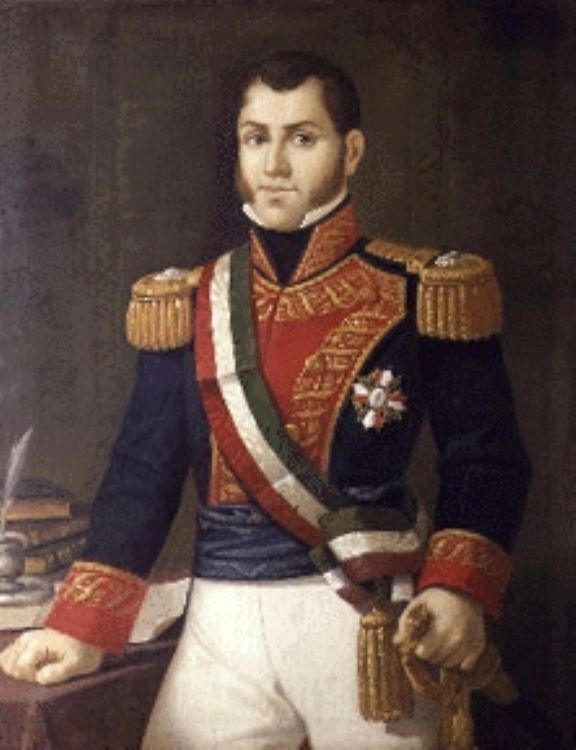The MarĂÂas Islands
.jpg)
An enigmatic place and unknown to many, the archipelago of the Islas Marías, located in the Mexican Pacific 69 miles away from the Nayarit Coast, is a place worth describing due to its peculiarity.
Made up by the Islas María Madre, María Magdalena, María Cleofas, and San Juanito, this archipelago has had several owners and administrators. Its discovery dates back to 1526, when Fernando Cortés de San Buenaventura, Hernán CortésâÂÂs nephew, caught sight of the Island for the first time during an expedition along the Nayarit Coasts. The history between the colonial age and the beginnings of the 19th century is not very clear. In the 19th century, General José López Uraga was granted property of the islands in return of the services rendered to the nation. Later, in 1879, the Islands were sold to Manuel Carpena, a resident from San Blas, Jalisco, for $ 3,579 dollars. During his possession, cattle were raised on their plains, the salt mines were exploited, and the forest resources were used profitably, as well.
In 1905, the Islands were sold by Mrs. Gila Azcona de Carpena to the Federal Government of Mexico. Since then, this place has kept its current use: the settlement of a penal colony to where low-risk inmates from all over the country are transferred. The population to be transferred must meet certain characteristics in order to assure the colonyâÂÂs stability. It is taken into account: their low dangerousness, their non-involvement in the organized crime, their age range to be between 20 and 50 years of age and their being free of any physical or mental illnesses.
Due to its nature, this territory cannot be freely visited. The access is limited to government employees and Navy members, as well as to scientific expeditions interested in the flora and fauna. Unlike the common prisons, visits of inmatesâ relatives can last several days.
Despite its geographic situation of isolation, the islands are permanently active thanks to its settlers. The main activity is developed at the Isla María Madre, where there are several camps in which the inmates carry out activities related to agriculture, forestry, apiculture, fishing, wood exploitation and maintenance as part of the aspects of their social rehabilitation.
Balleto, the main camp of the island, is the seat of the administrative offices, the settlersâ and employeesâ housing, as well as a Cultural Arts Center, where the artistic works of the inmates are displayed. In this population, there is also a deck that every Friday receives ships that carry supplies, cattle, machinery, fuel for electricity, and the relatives of the inmates for their extended visits.
On the Rehilete camp, a population of approximately 7000 birds is preserved, providing meat and eggs for the residents. In the surroundings, we can also find a bee-keeping farm, where queen bees, honey and beeswax are produced.
The Bugambilias camp is the largest one, where more than 350 settlers are engaged in agricultural activities and manufacture of partition walls. There are areas of cultivation by irrigation of vegetables such as onion, pumpkins, tomato, cucumber and Serrano pepper. This area is also used to raise cattle, sheep and pigs.
There is also a punishment area on these islands: the Papelillo camp, where offenders carry out road maintenance work.
Perhaps you are wondering how the security is controlled in an environment so different from the common prisons. Well, attendance is taken three times a day in each of the camps and housing areas.
Perimeter security is kept on the islands to prevent non-authorized ships from approaching. The Navy is in charge of controlling this. Finally, nature helps as well: waters are infested by sharks.
The movie âÂÂLas Islas Maríasâ was shot in 1951 in that place. Starring Pedro Infante and Rocío Sagaón, and directed by Emilio âÂÂEl Indioâ Fernández, the tape reflects the hard lifestyle in the Colony. It was not as successful as the most famous movies of Pedro. However, the movie remains as a historical register of the conditions of the islands in those years.
The Islands are very important from the ecological point of view. In 2000, they were declared Natural Protected Areas and a Reserve of the Biosphere. In this place, 54 fauna endangered species are protected, 19 of them are endemic to México. The flora also shelters very important species. Marine fauna consists of corals, reef fish, sharks, turtles and mammals.
As we can see, the Islas Marías is a barely known area of México, but with social and ecological relevance. On the one hand, the prison is a model for the true social rehabilitation of the inmates, and now, as a Reserve of the Biosphere, they will be protected in order to keep the wide variety of species that have made this archipelago, their home for ages.
Photo Author: José Coronel Martínez (wikipedia)
Artículo Producido por el Equipo Editorial Explorando México.
Copyright Explorando México, Todos los Derechos Reservados.


